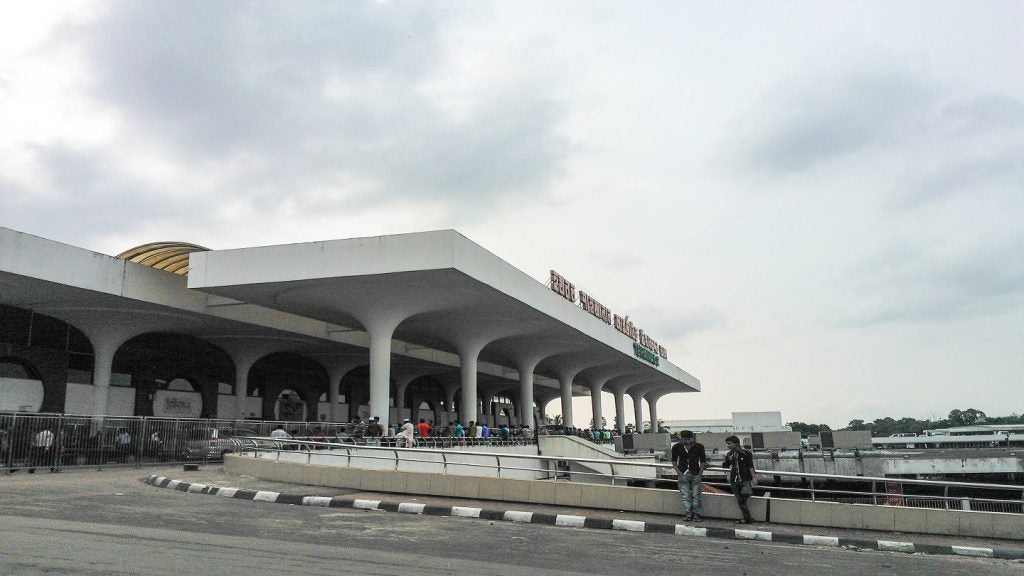Red Sea airport is a new international airport being built in the Kingdom of Saudi Arabia. Being developed by The Red Sea Development Company (TRSDC), the airport is a part of the Red Sea Project.
Undertaken to support Saudi Arabia’s Vision 2030 strategy, The Red Sea Project is a planned luxury tourism destination that will include an archipelago of 90 natural islands, volcanoes, desert landscapes and mountains. It will feature luxury hotels, residential units, as well as space for commercial, retail and recreational areas.
The development of the international airport will play an important role in transforming the Kingdom of Saudi Arabia.
The new airport is expected to serve approximately one million passengers a year through domestic and international flights. It will have the capacity to handle 900 passengers an hour.
The Red Sea airport project was awarded the schematic design stage no objection certificate (NOC) by Saudi Arabia’s General Authority of Civil Aviation (GACA) in early 2020. The regulator approved the airport location, conceptual airspace and aeronautical studies, airside master plan, and runway orientation.
Red Sea airport design and features
Red Sea airport will extend over 28km², an area equivalent to approximately 3,920 football pitches, and feature three helipads and parallel taxiways.
The airport architecture is inspired by the surrounding desert landscape and represents the Red Sea project’s vision. The design will enable a calm and luxurious experience throughout the terminal.
The airport and the greater tourism destination will entirely rely on renewable energy for their power needs. Shaded areas and natural ventilation will reduce the use of air conditioners.
The airport will offer next-generation smart experience through advanced design features and the use of latest technology.
Red Sea airport terminal building details
The terminal building design will incorporate desert features that include the green oasis and the sea. The internal green oasis will have a garden, providing a relaxed, resort atmosphere for passengers.
Upon arrival, passengers will follow the natural spatial flow down through the oasis landscape and proceed to the welcome centre, where they will be received by the Red Sea staff.
Departure areas will have larger and more relaxed spaces to accommodate longer waiting times. The five departure suites are designed to enable hassle-free transition from cars to the plane.
Smaller and intimate spaces will allow passengers to enjoy a private aircraft terminal experience.
The design of the roof shells is influenced by the desert dunes and cantilevers on the landside and airside to protect passengers from the sun.
Runway
The main runway of the airport will be an approximately 3,700m-long Code F runway. The airport will also feature a 525m-long Code B seaplane runway.
Contractors involved
The design contract for the airport was awarded in October 2019 to Foster + Partners, which is working with engineering subconsultant, WSP Global, to deliver the project.
TRSDC contracted a joint venture (JV) comprising Nesma & Partners Contracting and Almabani General Contractors for airside infrastructure works in July 2020.
The airside infrastructure works to be performed by the JV will include the construction of the runways, parallel and link taxiways, as well as pavement works. The contractual scope also includes aeronautical navigational aids, airside utilities, aerodrome ground lighting, helipads, roads, and buildings.
Red Sea Project master plan was developed by TRSDC in collaboration with WATG and Buro Happold.











